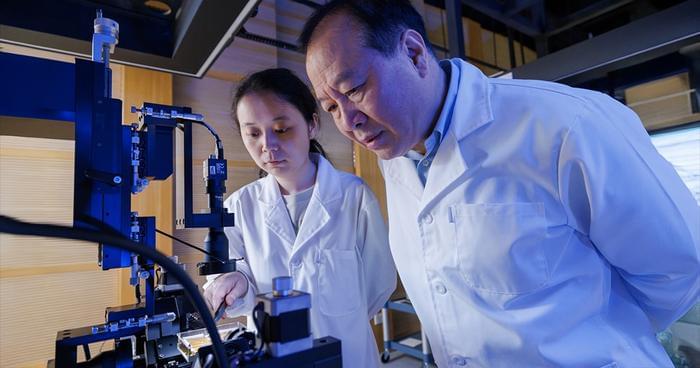Explore the latest developments in Artificial General Intelligence (AGI), understand how AGI could transform our reality.


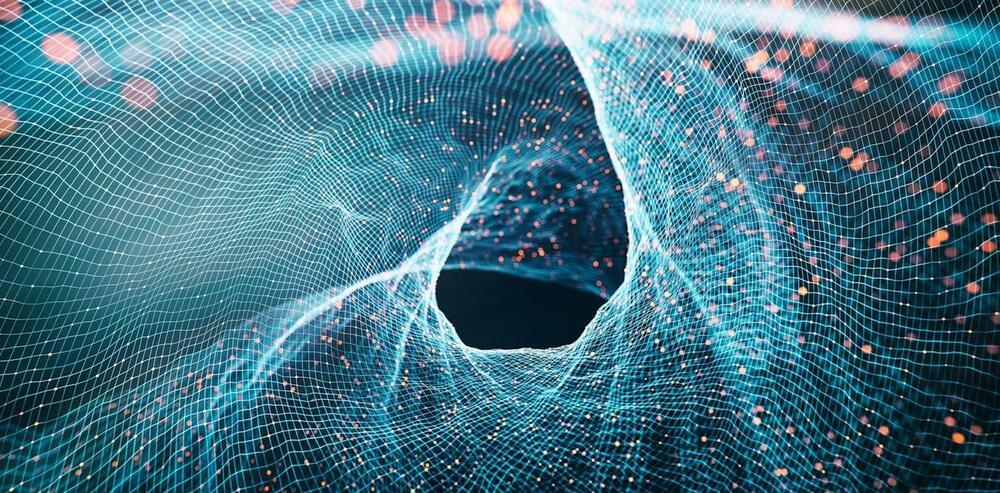
But despite creating all these breakthrough technologies, physicists and philosophers who study quantum mechanics still haven’t come up with the answers to some big questions raised by the field’s founders. Given recent developments in quantum information science, researchers like me are using quantum information theory to explore new ways of thinking about these unanswered foundational questions. And one direction we’re looking into relates Albert Einstein’s relativity principle to the qubit.
Quantum computers
Quantum information science focuses on building quantum computers based on the quantum “bit” of information, or qubit. The qubit is historically grounded in the discoveries of physicists Max Planck and Einstein. They instigated the development of quantum mechanics in 1900 and 1905, respectively, when they discovered that light exists in discrete, or “quantum,” bundles of energy.
Opening RemarksAugust 19, 2024
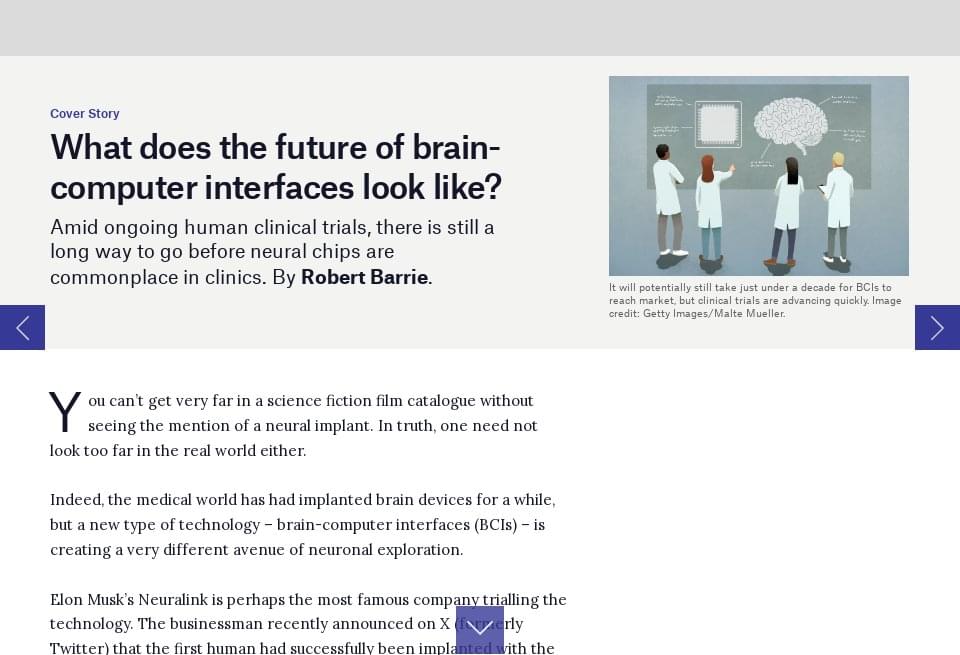

Neuroscientists at Stanford have linked Alzheimer’s disease to the disruption of brain metabolism via the kynurenine pathway, which is affected by amyloid plaque and tau proteins.
Their research has demonstrated that drugs blocking this pathway can restore cognitive function in Alzheimer’s mice by improving brain metabolism. This discovery not only bridges the gap between neuroscience and oncology but also provides a fast track to repurposing existing drugs for Alzheimer’s treatment.
Alzheimer’s disease and brain energy metabolism.
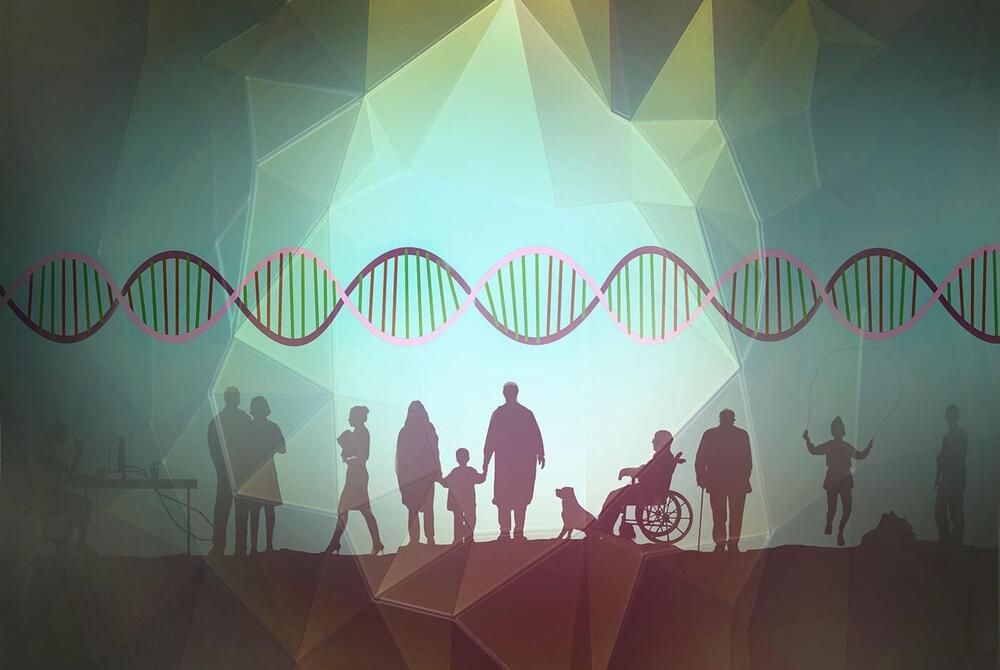
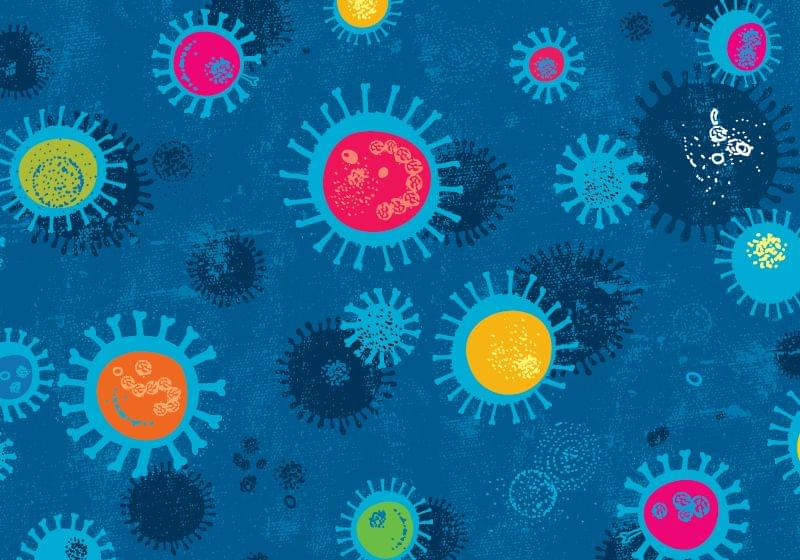
Enjoy the videos and music you love, upload original content, and share it all with friends, family, and the world on YouTube.

Summary: Researchers have identified a link between brain overgrowth and the severity of social and communication symptoms in children with autism spectrum disorder (ASD).
By analyzing MRI scans and conducting experiments with brain organoids, the study found that children with the most severe ASD symptoms had significantly larger brains. This enlargement is associated with altered activity of the enzyme Ndel1, which plays a crucial role in neuron development.
The findings open new avenues for understanding ASD and its varying symptom severity.
